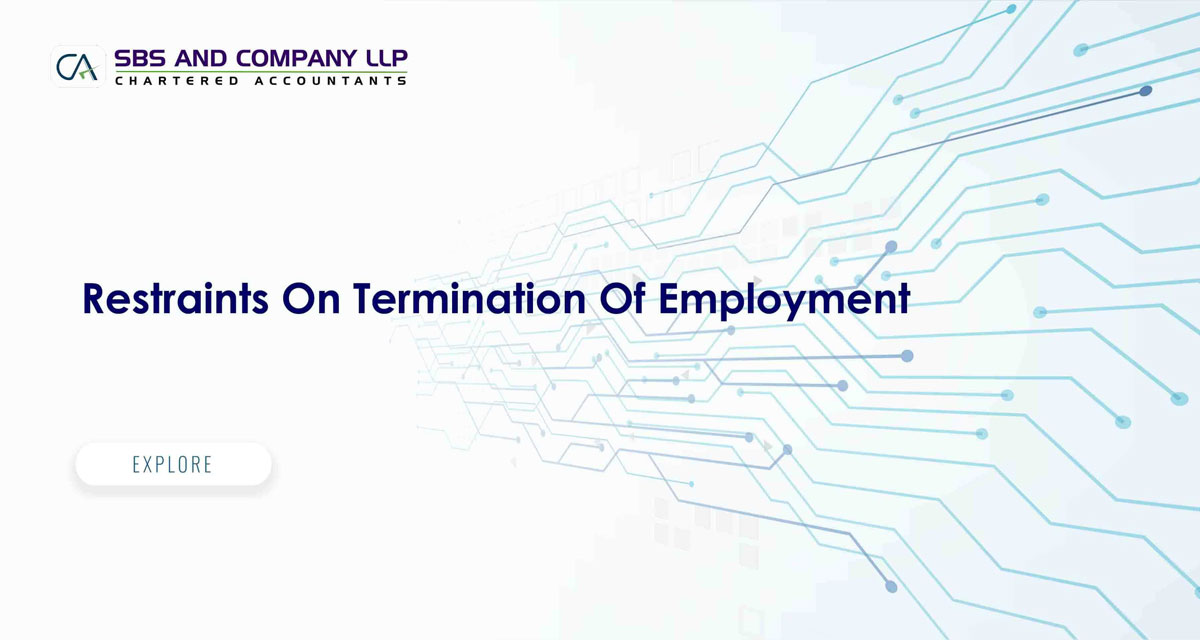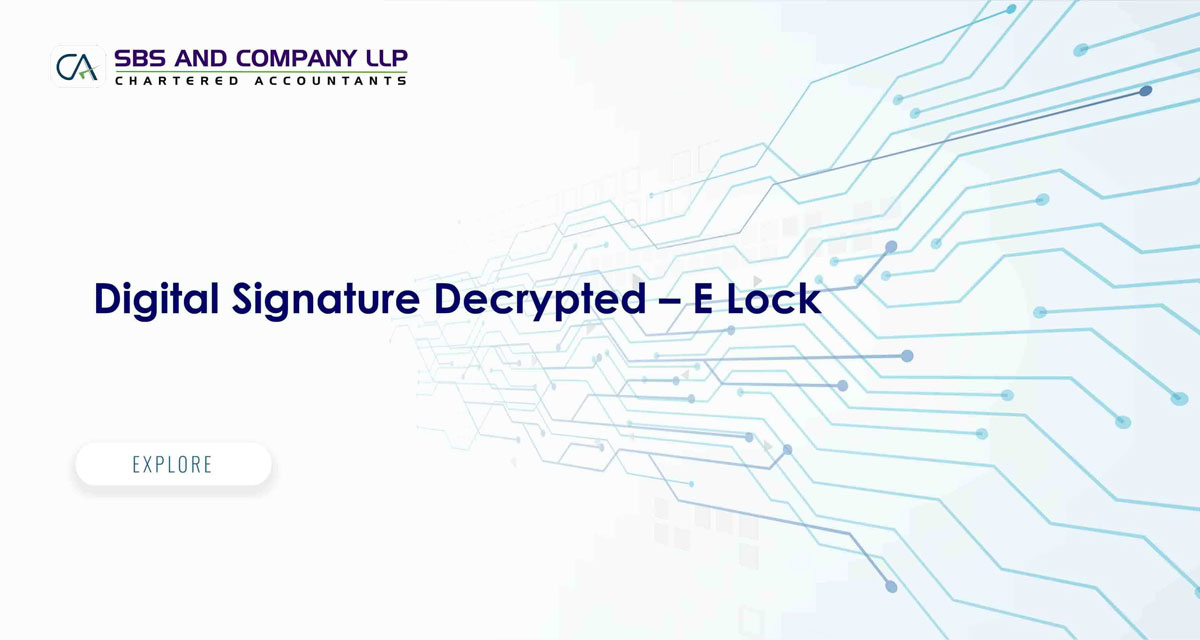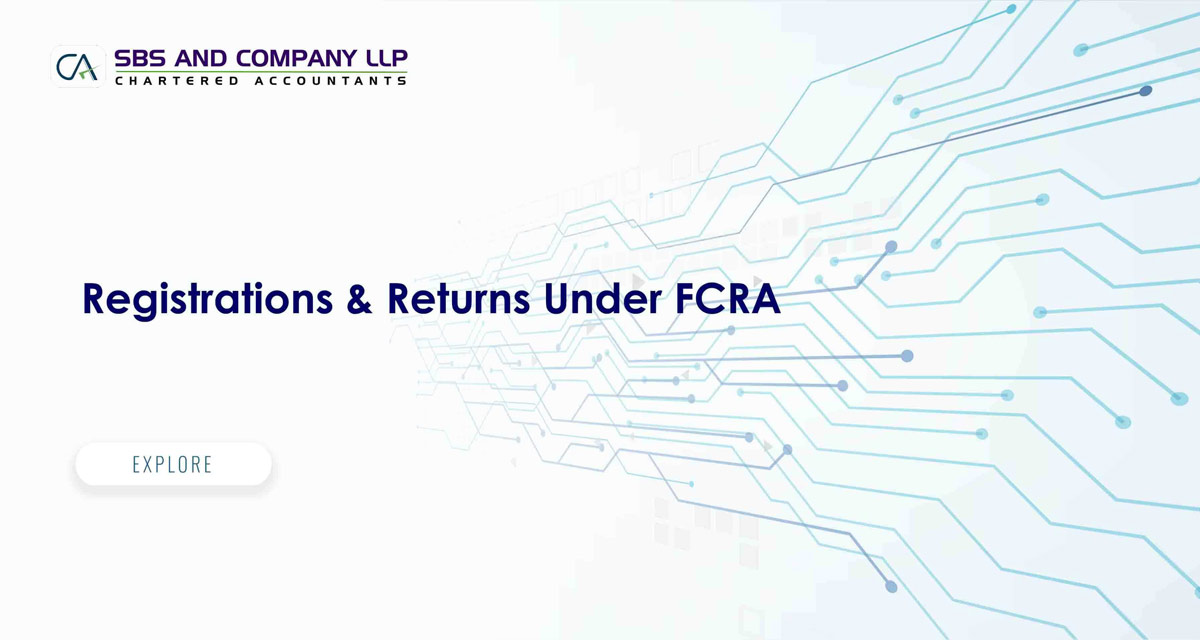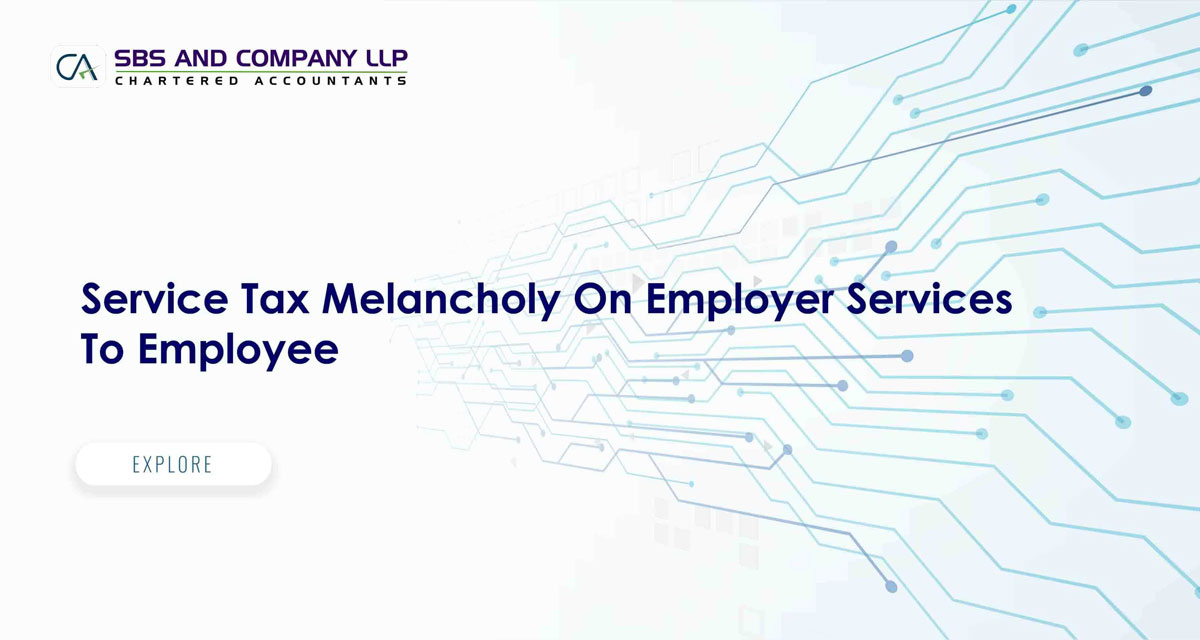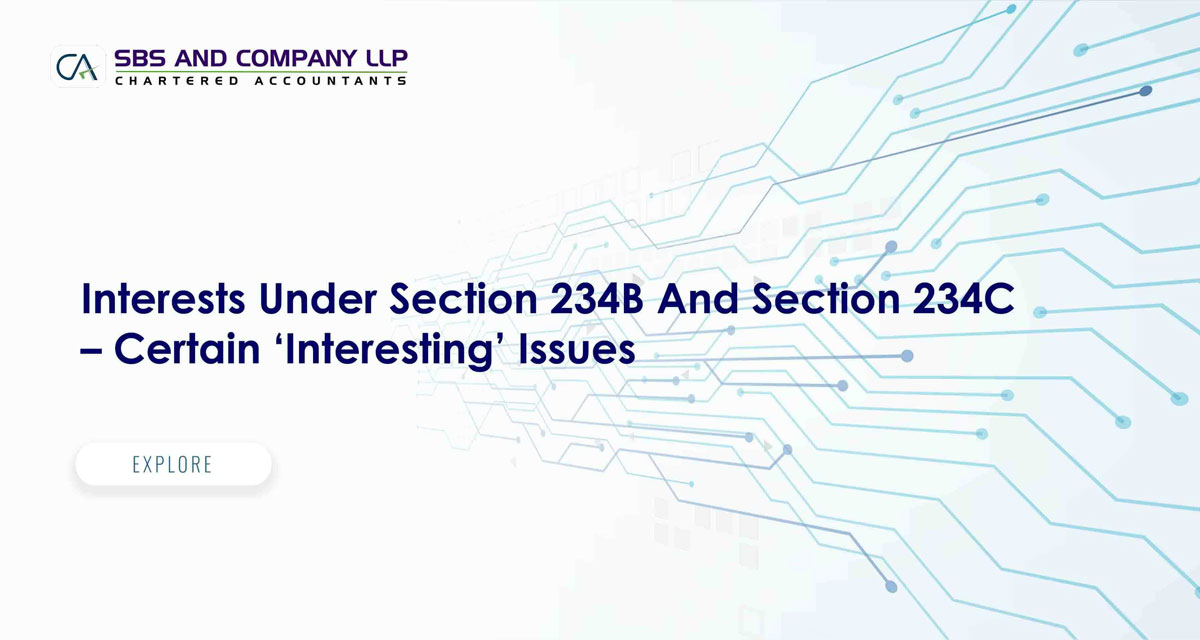Resource Inputs Limited
Employment relations in India are governed by Labour Laws such as Industrial Disputes Act, Industrial Employment (Standing Orders) Act, Trade Union Act and also Constitution of India and collective and individual contracts and judicial precedents. Most of the labour and employment laws primarily apply to ‘workman’ as defined in the Industrial Disputes Act. There are around 165 Labour Legislations in India of which 55 central legislations while 110 are state enacted legislations. Employees who are not workman as per the definition of workman in the Industrial Disputes Act, the employer-employee relations are governed by contract of employment. Generally a written contract with an employee is in the form of letter of appointment. These employees are governed by The Indian Contract Act 1872 and Specific Relief Act.
The Labour Laws with a view to protect the employment and prevent exploitation brought-in certain restrictions under some circumstances in different Labour Laws besides defining the procedures in dealing with acts of misconducts, if any, committed by the workmen. The Model Standing Orders have defined the acts which constitute misconduct and the punishments that can be imposed upon workmen on finding him guilty by following the defined procedure. The Industrial Disputes Act has imposed restrictions even after following the procedures laid down in Standing Order under certain special circumstances and protected workmen.
In this paper an attempt is made to analyze the provision under Employee State Insurance Act, Maternity Benefit Act and Industrial Disputes Act with regard to the restrictions imposed on the employer on dismissal or discharge of a workman.
ESI Act
The employees with gross monthly wage of Rs. 15,000/- and below, working in factories (other than seasonal factories) and shops and establishments with ten or more employees in the notified areas are covered under Employee State Insurance Act. The educational institutions, hospitals and construction workers are also covered under the Act. Employees who are not covered under ESI Act are covered under Employee Compensation Act and Maternity Benefit Act. Some of the benefits provided under the ESI Act are ‘Sickness Benefit’ ‘Maternity Benefit’ and ‘Disablement benefit’.
In accordance with the Section 73 of the ESI Act employer shall not dismiss, discharge or reduce or otherwise punish an employee during the period when he / she is in receipt of sickness benefit or maternity benefit and also during the period in receipt of disablement benefit for temporary disablement or is under medical treatment for sickness or is absent from work as a result of certified illness arising out of pregnancy or confinement. During the said period no notice of dismissal or discharge or reduction shall be served on an employee. Thus there is statutory embargo on the employer not to dismiss or punish an employee during the period of above mentioned circumstances.
The Bombay High Court in the matter of Divisional Controller, Maharastra State RTC Vs SherkhanChhotekhan [2004 LLR 600] held that the dismissal of an employee, as covered under the ESI Act during receipt of his sickness benefit, would be void and the employee will be entitled to reinstatement with other benefits.
The Bombay HC in the matter of RamchandraSitaramKale(deceased) Vs Maharashra State Road Transport Corporation [2009 (120) FLR 100] held that in case where a notice of dismissal or discharge or reduction is given during the specified period of illness, the same shall remain in abeyance because the same is not valid nor the same can be made operative during that period.
The Karnataka High Court in the matter between Guest Keen Williams Ltd Vs PO Labour Court held that the bar in section 73 of the Act only requires the employer not to dismiss or terminate during the period of sickness benefit period. However, in the case of voluntary abandonment, this will not be applicable.
If any employer contravenes the section 73, it would not only render the dismissal or discharge invalid but also expose the management itself to the peril of prosecution under section 85 of the Act.
The Kerala High Court in the matter of Kerala State Co-Operative Coir Marketing Federation Limited VsSreekumar [2002, III LLJ 101] examined the question whether the ESI Court is competent to consider the validity of an order of dismissal of an employee on the ground of violation of section 73 and held that the ESI Court is not competent and it can only take penal action against the employer, if proved, violation of section 73.
The workmen has to take up his claim for reinstatement only under Industrial Disputes Act and not under ESI Act.
Maternity Benefit Act
In accordance with the section 12 of Maternity Benefit Act no employer shall dismiss or discharge a women employee who is absent from duties under the provisions of this act and also any time during pregnancy. Women employee will be entitled to maternity benefit under Act on working a minimum of 80 days in the twelve months preceding the date of expected delivery. Women employees engaged directly or through any agency or contractor is also covered under the Act.
The Supreme Court in the matter of Municipal Corporation of Delhi Vs Female Workers (Muster Roll) [AIR 2000 SC 1274] held that the provisions of the Maternity Benefit Act entitle maternity leave even to women engaged on casual basis or on muster roll basis on daily wages and not only those in regular employment.
Supreme Court in the matter of NeeraMathurVs LIC of India ruled in favour of the pregnant employees. In the instant case the employee while on probation she applied for maternity leave and the company discharged her from service on reasons of deliberately withheld the fact of being pregnant at the time of filling up a declaration form prior to being appointed. The court ordered reinstatement.
Industrial Disputes Act
Section 33 of the Industrial Disputes Act imposes restrictions and a temporary ban on the employer’s right to alter the conditions of service of a workman or to punish him by way of discharge or dismissal while an industrial dispute is pending before conciliation authority or Labour Court or Industrial Tribunal or Arbitration. The employer has a responsibility to seek prior approval of the authority before whom the disputes is pending for effecting any change in conditions of service or
for discharging or dismissing the workman in respect of any matter or misconduct that is connected with the dispute u/s. 33(1) and in case of misconduct not connected with the dispute, the employer can pass an order of discharge ordismissal, but he should seek approval subsequently u/s. 33(2)(b) and also make payment of wages for one month.
Thus for imposing a penalty of dismissal or discharge on a workmen for his acts of misconduct which is not connected with the dispute pending before the authority after conducting enquiry and establishing the misconduct in according with the Standing Orders of the industrial establishment, the employer is required to make an application for approval after passing the orders under Sec 33(2)(b) of the Act which is a major constraint to the employer in addition to payment of one month wages to a workmen who has committed misconduct.
The employer is required to do all the three acts simultaneously, that is the discharge or dismissal of the workman, making payment of one month wages and making application for approval for discharge or dismissal of the workman. The Supreme Court in the matter of Straw Board Manufacturing Co Ltd VsGobind, [1962 I LLJ 420] held that employer shall ensure that all the three actions shall be simultaneous and shall form part of the same transaction failing which the application runs the risk of being rejected.
The Supreme Court in the matter of Tata Steel VsModak [1966 AIR 380] and Jaipur ZillaSahakariBhoomiVikas Bank Ltd Vs. Ram Gopal Sharma [2002 (92) FLR 667] held that in case of misconduct not connected with a pending dispute u/s 33(2), the employer may first discharge or dismiss the workman after domestic enquiry and then can seek approval of the concerned industrial court. If the approval is granted, the discharge or dismissal shall take effect from the date of the order. In case of refusal of approval application, then the workman is deemed to be in continuous service.
However the jurisdiction of the Tribunal on the application made for approval after dismissal or discharge of a workmen for a misconduct not connected with the dispute before it is limited to:
- Whether a proper domestic enquiry was conducted in accordance with the Standing Orders by observing the principles of natural justice.
- Whether a prima facie case for dismissal based on the evidence on record is made out
- Whether the employer had arrived at bona fide conclusion that the workman was guilty of the misconduct.
- Whether the dismissal or discharge was not intended to victimize the workman.
and the Tribunal does not sit as a Court of Appeal re-appreciating the evidence and it only examine the proceedings and finding of the enquiry to ascertain whether prima facie case had been made out or not. In the matter of discharge or dismissal connected with the dispute pending before the Tribunal or in the Conciliation proceedings, the Supreme Court in the matter of Lord Krishna Textile Mills Vs its workmen [1961 AIR 860] held that in case of misconduct connected with pending dispute, u/s 33(1), the discharge or dismissal shall take effect only on the approval granted by the concerned Industrial Court. The Supreme Court in the matter of Ram LakhanVs Presiding Officer [2001(I) LLJ 449] also held that during the pendency of management’s application for permission to dismiss the workman, the company shall pay the subsistence allowance if placed under suspension.
The Act imposed restrictions on discharge or dismissal of a protected workman during pendency of an industrial dispute. The Karnataka High Court in the matter of Bagalkot Cement Co Vs The Management of Kanoria Industrial Ltd [2006 LLR 674] held that dismissal of protected workman, without seeking permission will be violation of section 33(3) of the ID Act.
All the registered trade union office bearers will not become protected workmen automatically. Only such of those office bearers whose names have been notified by the registered trade union on or before 30th April every year and approved by the Management will alone fall under the category of protected workman. The total number of protected workman shall be restricted to one percent of the total number of workman subject to a minimum of five and maximum of one hundred. If the number of registered trade unions are more than one, the protected workman shall be based on the membership of the each registered trade union. The period of recognition of the workman as a protected workman will be valid for twelve months only.
Thus it is essential to the employers to understand the restrictions imposed on discharge or dismissal by different legislations under certain special circumstances before taking a decision even in disciplinary matters.
This article is contributed by Partners of SBS and Company LLP – Chartered Accountant Company You can be reached at This email address is being protected from spambots. You need JavaScript enabled to view it.


